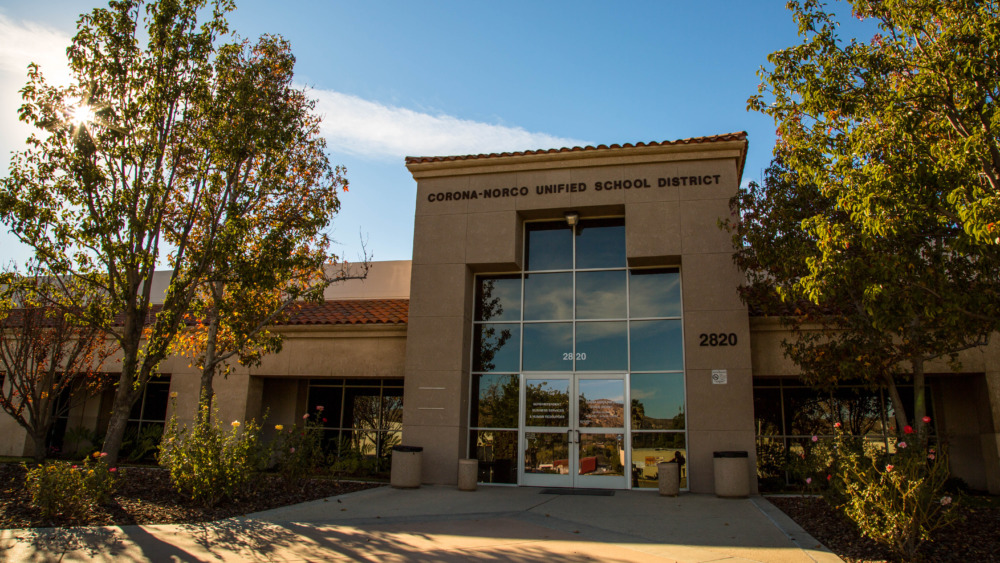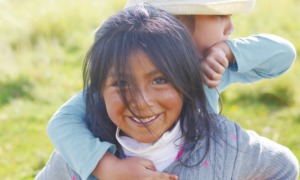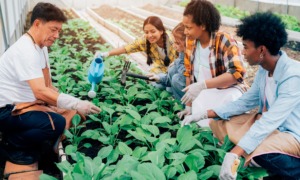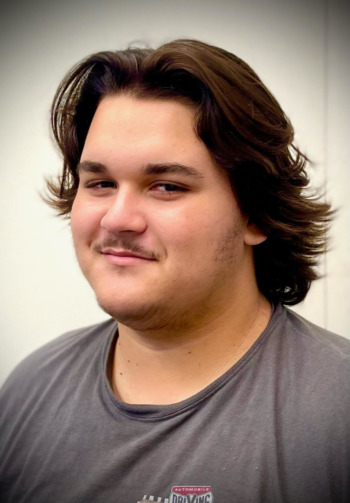
Courtesy of Orange Grove High School
Charles Mungarro
When Charles Mungarro switched high schools last year in Riverside County, California, he felt the familiar intimidation of starting over in a new place.
The 18-year-old has been in foster care for the past 10 years and has attended four schools in three different cities. Making friends hasn’t been easy for Mungarro, who says the changes have led him to have social anxiety and lack trust when meeting people.
“I have to force myself to get out of my shell and talk to people,” Mungarro said.
But earlier this year, he did just that, spending a day playing games, planning for the future and learning alongside about 70 other young people in foster care as part of the Corona-Norco Unified School District’s All-Stars Foster Youth Program.
“It was really cool interacting with people and seeing that they are pretty nice,” he said.
The All-Stars Foster Youth Program provides resources for foster students in elementary through high school to help them stay on top of their academics and build trusting relationships with school staff and peers. The voluntary program is rooted in monthly mentoring check-ins with school counselors, but also organizes activities like field trips, birthday celebrations and college visits to schools across California.
Youth in foster care are at higher risk of depression, anxiety and post-traumatic stress disorder. They are also more likely to be disciplined at school and have chronic absences, and they attend college at lower rates than other students.
In addition to on-campus mentoring and district events like assemblies with motivational speakers, there is an All-Stars Club on each campus, as well as an optional class for students aged 8 to 15 where they discuss coping and life skills and receive academic support from a counselor and a teacher trained in responding to trauma.
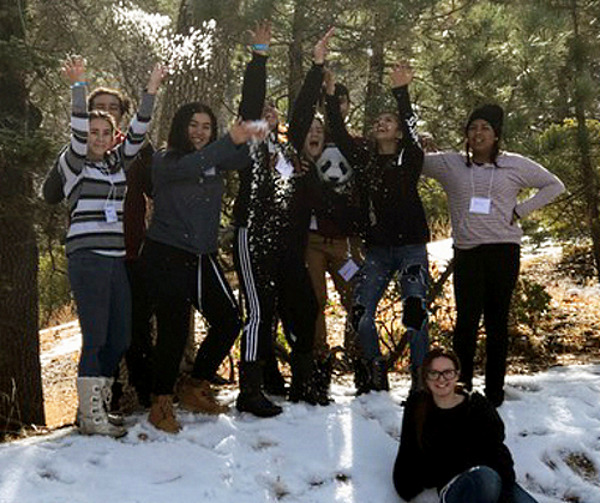
Courtesy All-Stars Foster Youth Program
Participants in the Corona-Norco Unified School District’s All-Stars Foster Youth Program, pictured here at an outdoor activity, get help with academics as well as ongoing mentoring and support.
Nearly all of Corona-Norco’s approximately 230 students in foster care participate in All-Stars activities.
“The program is looking to close the achievement gaps for kids in foster care,” said Jenna Mendez, the district’s foster youth counselor and All-Stars liaison. “However long they’re with us, they’re gonna get something.”
The program, which started over 15 years ago, has only collected long-term data from Eleanor Roosevelt High School, the largest in the district. For Eleanor Roosevelt, however, the program has recorded some wins: Behavioral violations for the school’s foster students decreased by 80% from 2015 to 2019, the last year for which school-level data is available. Average GPAs for students in foster care rose over the same period.
More than 4,000 youth from Riverside county are in foster care. But Beth Bartholomew, the director of the Foster Youth Services Coordinating Program in the Riverside County Office of Education, said the county doesn’t have enough licensed foster parents, so many youth are transferred to homes in nearby cities like Los Angeles.
The size of the county, which spans from just above San Diego to the Arizona border, presents challenges, too, she said, since districts are spread out and can lack direct access to county resources.
The All-Stars started at Eleanor Roosevelt High School when a counselor, David Bell, a former foster youth, noticed that foster students on campus felt isolated from each other and struggled academically. He started meeting with them monthly until the school principal created a class. Each year since then, the program has expanded to include more resources.
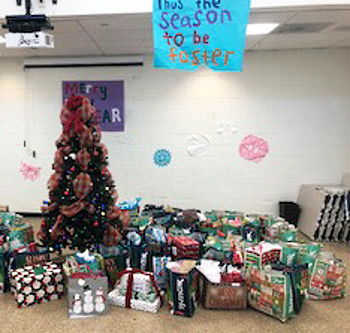
Courtesy All-Stars Foster Youth Program
The All-Stars Foster Youth Program looks to “close the achievement gaps for kids in foster care,” said Jenna Mendez, the district’s foster youth counselor.
Alayna Mendoza lived in foster care while she was a student at Eleanor Roosevelt. She’s now in a graduate program for school counseling at Chapman University in Orange, California.
Mendoza participated in the All-Stars from her sophomore year of high school until she graduated.
“It was helpful because I knew there was someone I could talk to and people who understood what being a foster student was,” Mendoza said. “At the other schools I went to it was kind of swept under the rug.”
Always focused on pursuing higher education, Mendoza remembers getting the most benefit from the program’s college resources, like when a community college liaison spoke to students about post-graduation opportunities.
Julian Horner, 20, attended Centennial High School in the Corona-Norco district and said he appreciated that the All-Stars partnered with the local community college, Norco College, to help students fill out financial aid documents, apply for grants and show students that college is a path for them. Norco College has a staff member who works directly with high school foster students across the county to help them with their post-graduation plans, whether they plan to pursue higher education or another path.
Horner went on to attend Norco College before transferring to California State University Fullerton, where he’s studying accounting.
“It was good to have someone walk alongside me,” Horner said. “College isn’t for everyone but I think the program is beneficial to make people aware of how to get there.”
Corona-Norco is not the only California school district with a program to support foster students; Los Angeles, Palm Springs and Val Verde unified school districts also offer on-campus and community resources.
But the All-Stars program stands out for its longevity and comprehensiveness. Despite being part of the largest district in the county, with 50 schools, the All-Stars program operates in every school in some capacity.
Mendez, who speaks about the program at national conferences, said she isn’t aware of anything like the All-Stars outside of California.
Like many similar programs, the All-Stars program has faced challenges including staff turnover. But it’s also added new opportunities for staff like Mendez and found additional support: Last year, the program became part of the district’s Parent Center, where it receives financial resources and event planning help.
For Mungarro, the program has provided consistency with adults in his life, but he’s especially grateful for how it’s encouraged him to connect with his peers.
“You can talk to other students who are also going through the same thing you’re going through,” he said. “It makes you feel like you’re not alone.”
***
Maura Fox is a San Diego-based freelance journalist. She has written for outlets across Southern California reporting on local breaking news and U.S.-Mexico border issues. Fox is fluent in Spanish and holds a dual bachelor’s degree in English and in global studies from the University of California, Santa Barbara.


